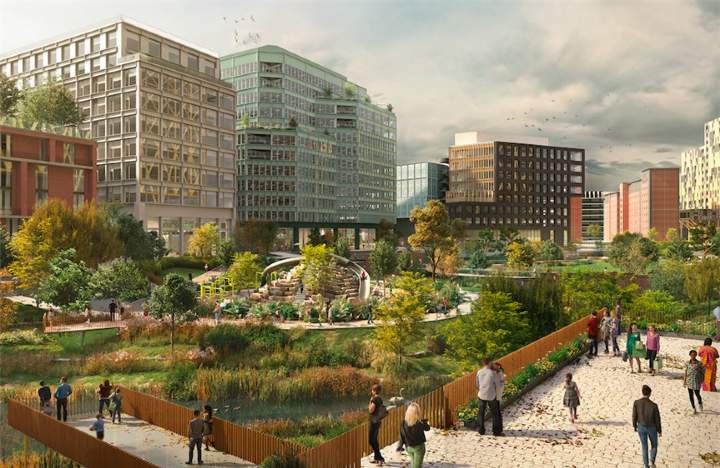The ‘S’ in ESG and what it means for operational residential
The ‘Social’ in ESG is about the wellbeing of places and people – the human side of sustainability.
In the case of operational real estate, creating social value involves engaging communities both within and around a development. Residents and building staff are integral to its social value, but so too are external communities that are also impacted by the property. Balancing the effects of neighbourhood regeneration and gentrification is key to creating and maintaining equitable social value.

Measuring social value
There is no universal definition of social value in real estate, which complicates creating a common framework. Social value is created when the built environment supports environmental, economic, and social wellbeing to improve quality of life. Measuring it requires recognising that it is a long-term and dynamic process involving multiple actors and requires careful consideration of local needs.
Certifications like WELL, FITWEL, BREEAM, and LEED have social elements in their criteria and could be utilised to increase social value. Another solution is ascribing a monetary value to social aspects of a scheme, such as community facilities, to ensure they are part of the process from the start – though there needs to be consideration around what is exclusive to the tenant who may be paying a rental premium for facilities. Indicators and measurements also need to be highly tailored to local environments to be useful.
Enhancing social value needs to be considered not only at a moment in time, but also its ongoing value: are the community facilities being used and is the community being enhanced and integrated? Property needs to be reframed away from the ‘asset’ paradigm back towards understanding the role and responsibilities of property across the value chain and life of the property.

From a community to the community
The pandemic has served to emphasise how social humans are and shone a light on the loneliness issue. Many operational residential models offer advantages to tackling this problem. Examples of this include housing with care, with individual space for residents but with a support network and community when needed, co-living which can provide contacts to people moving to a new city, and student housing which can help young people build networks and relationships.
The community is not just people and places. It’s also access to services and integration into the wider economy and society. From shops to schools to access to transport, a property’s access to things outside the walls of the development is also a critical consideration.
Affordability is also key: neighbourhood renewal and regeneration is good so long as rising prices don’t drive out current residents. Local authorities worldwide are prioritising affordable housing in new developments. Developers and investors have, to date, primarily focused on the ‘low hanging fruit’ by targeting wealthier occupiers, but diversity of product and affordability is key to meet Social criteria. Pressure is only going to increase with the rise of green finance and shareholder’s ESG agendas.
Read the articles within Report: Global Living – 2021 below.
(1)(5).jpg)
.jpg)
.jpg)
.jpg)
.jpg)